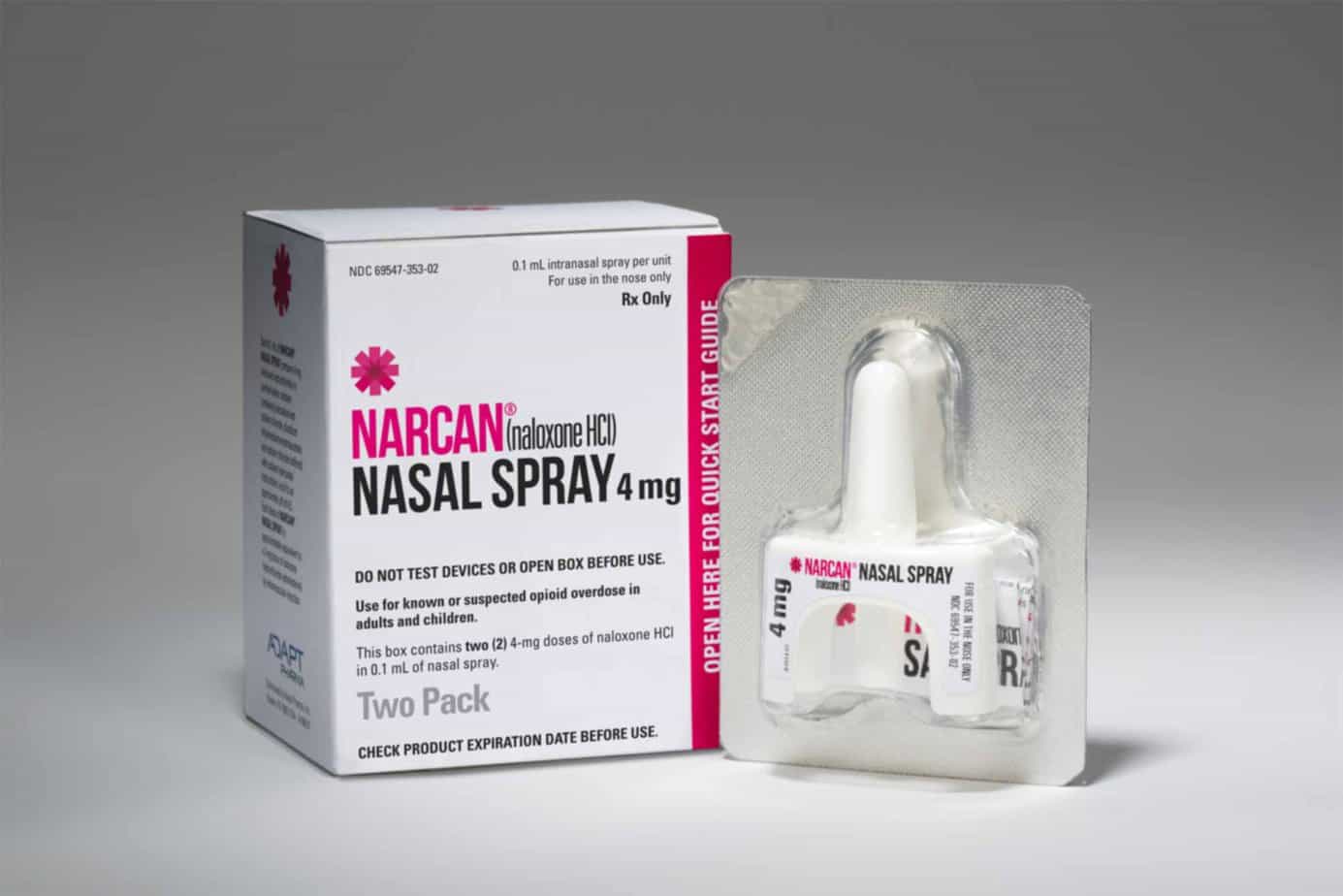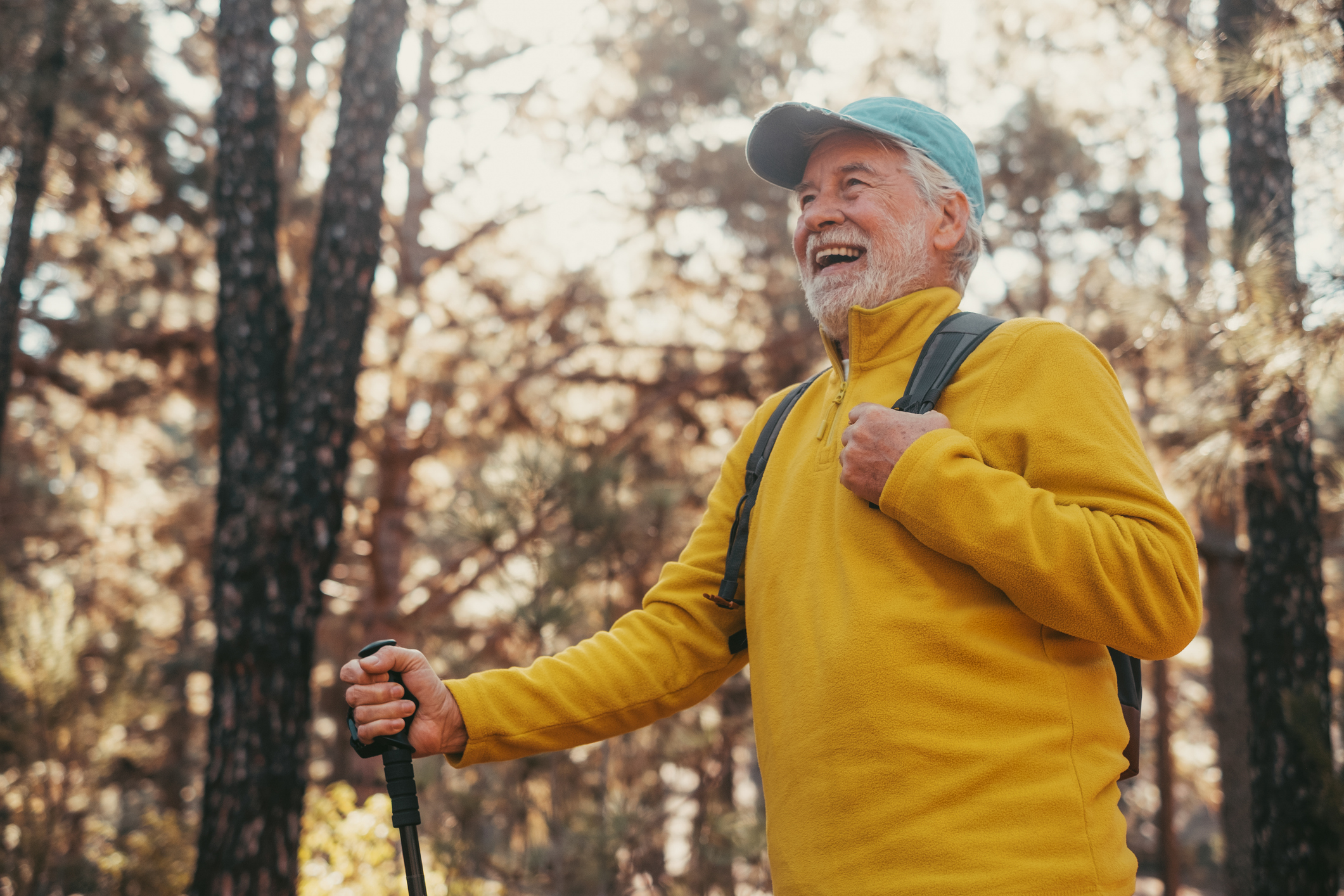People are overdosing in the streets, at the mall, at home in front of their children. They are mothers, fathers, sons, daughters. Every race, every socioeconomic class, and every region has been affected by the opioid epidemic. With over 49,000 deaths attributed to opioid overdoses in 2017 alone, everyone is looking for a solution. Many believe that Narcan (also known by its generic name, naloxone), a medication that blocks the effects of opioids and reverses overdoses, can help.
Numerous government officials and doctors across the country believe that Narcan can make a real difference in saving people’s lives. Others believe that the medicine only delays the inevitable and is enabling addiction.
Previously, Narcan was only available to law enforcement and emergency personnel, but with the rising death toll, officials have pushed for the medication to be readily available to the public. Now, Narcan is available over the counter in most states, with prices ranging from $45 to $150 per dose.
Naloxone and the Opioid Epidemic
But it is not just law enforcement and medical professionals battling the epidemic, community members are also getting together to find solutions. In Ohio, one of the states most affected by the opioid epidemic, a church partnered with the attorney general’s office and distributed Narcan to attendees of their family festival. Some applauded their efforts. Others, such as attendee Nicole Bellamo, thought that providing Narcan was doing no one any favors and would only encourage people to overdose again and again.
She is not alone in this sentiment. Governor Paul LePage also made similar comments claiming that Narcan “does not truly save lives, it merely extends them until the next overdose.” However, Dr. Eberlein, an emergency room physician, believes that kind of attitude only perpetuates the problem, and that the goal of making Narcan easily available is to give people the opportunity to live long enough to get into addiction treatment.
As portrayed in subway ads, billboards, and online campaigns, Narcan has saved countless lives. It has saved strangers, neighbors, best friends, fathers, daughters. And for those who have witnessed the effects of an opioid addiction first hand, it is easy to understand the lifesaving benefits of Narcan, but for those who have not, the medication’s positive impact can be difficult to comprehend.
In an article published by The Fix, reporter Tessie Castillo, discussed a fatal car accident caused by a driver who had overdosed on heroin. A two-year-old boy died, while the driver was revived with naloxone. As mentioned in the article, several people felt that it was unfair for the driver to receive a second chance when the child did not. This case might sound extreme but society often has trouble empathizing with addicted individuals.
Lack of empathy is not the only obstacle that supporters of Narcan face. There is also stigma and misinformation. Some people believe that Narcan will encourage even more opioid abuse, but Ghada Abdullah, a pharmacist in Michigan, a state currently in the process of making Narcan available over the counter, said, “I personally don’t believe that this is going to be something that someone’s going to take to a party and say, ‘Hey guys we can get high just because we have this Narcan!’” Others believe that Narcan is addictive and people will use it to get high. Research, however, shows that Narcan is neither addictive nor appealing to those addicted to opioids as it puts them into withdrawal, which can be very uncomfortable. If someone who is not using opioids takes Narcan, the medicine has no effect.
Not everyone is in support of Narcan, but as the opioid epidemic expands everyone can agree on one thing: something needs to be done.
If you or a loved one is struggling with addiction, Mountainside can help.
Click here or call (888) 833-4676 to speak with one of our addiction treatment experts.

 By
By 







